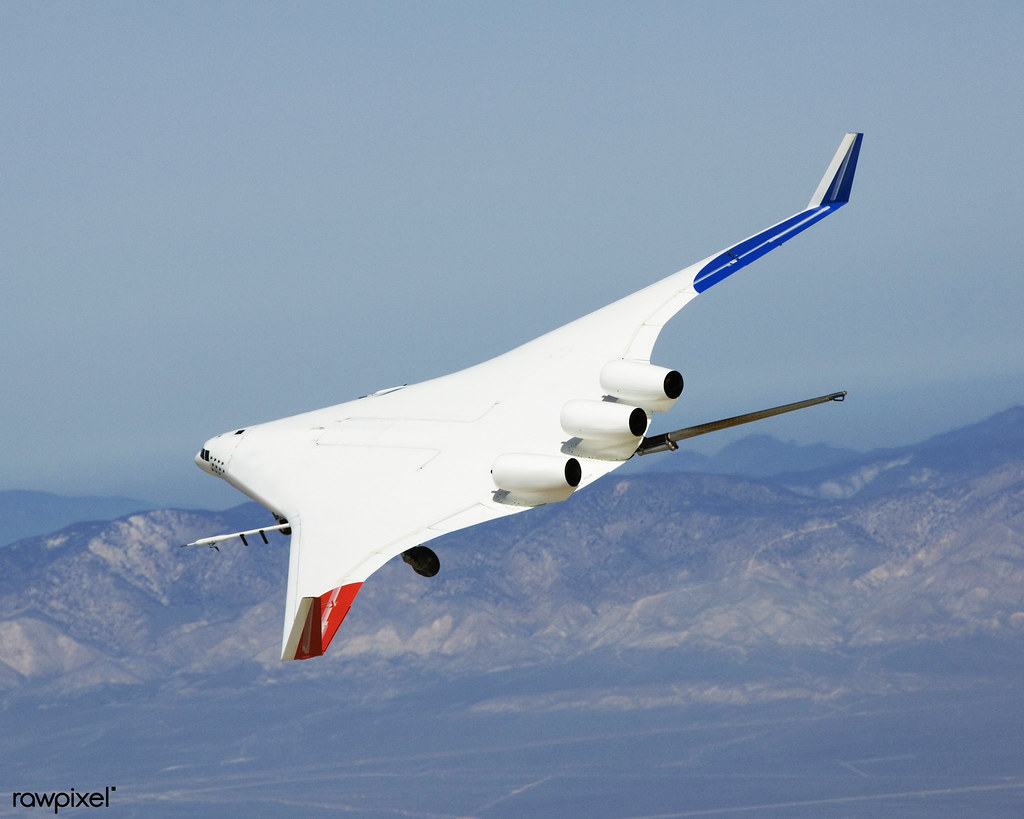
The Royal Australian Air Force (RAAF) is set to usher in a new era of air combat capabilities with the Ghost Bat, an unmanned aerial vehicle designed and produced domestically—the first in half a century. As the country aims to enhance its aerial might with “crewed and uncrewed teaming,” the Ghost Bat, also known as the Boeing-built MQ-28, is poised to demonstrate its operational prowess by 2025.

Air Marshal Robert Chipman, in a clarion call at the Air & Space Conference, underscored the Ghost Bat’s potential to revolutionize the RAAF’s air combat system through its survivability and lethality in contested environments. This initiative is bolstered by the Australian government’s recent allocation of $400 million AUD for three additional Block 2 aircraft, building upon the original fleet of eight.

The pronounced investment in the Ghost Bat is not merely about expanding the fleet; it’s a strategic move to prepare for a rapidly changing threat landscape. The parallel Air6500 investment in command and control systems exemplifies Australia’s resolve to leverage existing assets to build a formidable integrated air and missile defense system. Air Marshal Chipman emphasized that despite significant recapitalization, the RAAF still grapples with capability stagnation and workforce challenges.

The bolstering of the Ghost Bat program dovetails with the strategic vision of the Australian Defence Force (ADF), which is exploring options for building hundreds of these drones to augment combat mass efficiently. Notably, the program has garnered international interest, potentially expanding Australia’s defense market. Australia’s Defence Minister has highlighted the collaboration with the United States, suggesting that the combined intellect of both nations will expedite the development of teaming technology.

The Ghost Bat’s modular design and open-architecture systems allow for rapid upgrades, keeping pace with technological advances and threat dynamics. Moreover, its affordability relative to manned aircraft and the ability to withstand higher-risk missions make it a vital asset for future warfare.
Boeing’s establishment of a new production facility in Toowoomba, Queensland, signifies the company’s commitment to the Ghost Bat program. This facility, slated to commence operations by 2027, represents Boeing’s first final assembly site outside North America, reflecting Australia’s growing prominence in the aerospace sector.

The program’s potential extends beyond domestic horizons, with the United States viewing the Ghost Bat as a viable contender for its Collaborative Combat Aircraft program. Additionally, there is speculation about the possibility of creating a “Royal Australian Space Force,” akin to the US Space Force, a move that could further solidify Australia’s position in both air and space domains.
Overall, the Ghost Bat is a testament to Australia’s forward-thinking approach to defense, and a symbol of innovation and international cooperation. As the RAAF prepares for the operational deployment of the Ghost Bat, the world watches closely, anticipating a groundbreaking advancement in the arena of air combat.
Relevant articles:
– RAAF head announces wingman testing for Ghost Bat drone, Breaking Defense
– Next steps for the Ghost Bat, aspistrategist.org.au
– Boeing’s MQ-28 Ghost Bat Getting Facility To Ramp-Up Production In Australia, The War Zone
– Aussies add $400M AUD for Boeing’s Ghost Bat loyal wingman, to unveil an armed UAV this year, Breaking Defense

